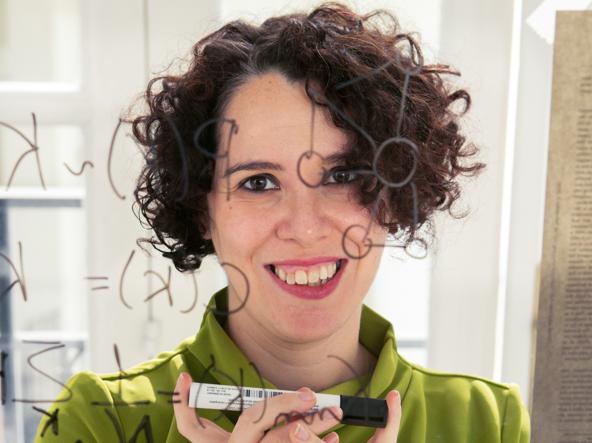Physics helps measuring success

Would Leonardo da Vinci's Gioconda be as famous, if it were not stolen in 1911? Would Basquiat remain an anonymous dauber, had it not been for his friendship with Andy Warhol and Keith Haring? And hasn't Bansky deliberately planned his Balloon girl's self-destruction with the precise aim of maximizing the perceived value thereof? That's the subject of a paper appeared on Il Corriere della Sera, also dealing with the scientific success of our former student Roberta Sinatra.
In recent paper published on Science, Roberta Sinatra, together with Albert-László Barabási, among the others, applies the methods of statistical physics and of modern network theory to study the effect of relationships in establishing the perceived relevance of a work of art. In other words, the authors propose an algorithm to quantify the success of a given artist, on the basis of her social interactions. The authors reconstruct the exhibition history of nearly half a million artists, mapping out the coexhibition network that captures the movement of art between institutions. Centrality within this network captured institutional prestige, allowing them to explore the career trajectory of individual artists in terms of access to coveted institutions. One conclusion is that early access to prestigious central institutions offers life-long access to high-prestige venues and reduced dropout rate. Therefore, even in art, and in the social perception of artistic beauty, the statistical concept of centrality has a central role.
Roberta Sinatra obtained her BSc, MSc, and PhD in Theoretical physics at the Department of Physics and Astronomy of the University of Catania and has been a pupil (now Alumnus) of the Scuola Superiore di Catania. She then performed research in Zaragoza (Spain), Wien (Austria), Boston (USA), and is presently Assistant Professor at the Department of mathematics and its applications of the Central European University in Budapest (Hungary).
Publication date: 11/11/2018